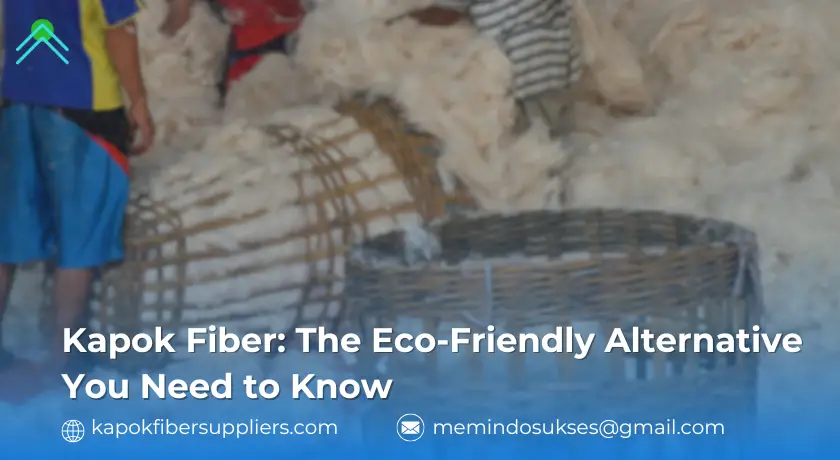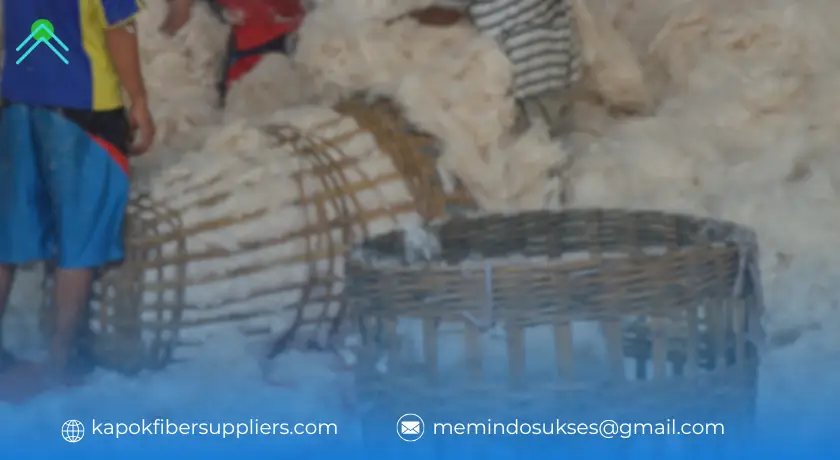
As sustainability becomes a priority across industries, kapok fiber is emerging as a game-changing alternative to synthetic materials. Sourced from the seed pods of the kapok tree (Ceiba pentandra), this natural fiber offers exceptional benefits for both consumers and the environment. But what makes kapok fiber stand out? Let’s explore its remarkable properties and why it’s gaining global attention.
A Lightweight and Luxurious Fiber
Kapok fiber is one of the lightest natural fibers available, making it a superior choice for applications that require softness and comfort without adding weight. Its silky, fluffy texture mimics the feel of down, making it an excellent filling material for pillows, cushions, and mattresses. Unlike synthetic alternatives, kapok provides natural breathability, ensuring a cool and comfortable sleep experience.
Sustainability at Its Core
One of the most compelling reasons to choose kapok is its sustainability. Unlike conventional cotton, which requires large amounts of water and pesticides, kapok trees grow naturally in tropical rainforests without human intervention. Harvesting kapok does not damage the tree, allowing continuous, renewable production while preserving biodiversity and promoting reforestation efforts.
A Healthier Choice for All
Kapok fiber is naturally hypoallergenic, resistant to dust mites, and free from harmful chemicals. This makes it an ideal choice for people with allergies or respiratory sensitivities. Additionally, its moisture-resistant properties prevent the growth of mold and mildew, ensuring a cleaner, healthier sleeping environment.
Versatile and Multi-Purpose
Kapok fiber’s unique properties make it useful beyond just bedding. Some of its innovative applications include:
- Eco-Friendly Insulation: Used in jackets and building materials for its lightweight and insulating capabilities.
- Sustainable Packaging: A biodegradable alternative to plastic-based fillers in packaging.
- Marine and Outdoor Gear: Its water-resistant nature makes it suitable for life vests and flotation devices.
- Textile Industry: Blended with other fibers to create sustainable clothing and upholstery fabrics.
Why Kapok is the Future
As industries search for sustainable and ethical alternatives to synthetic materials, kapok fiber is poised to become a leader in eco-friendly innovation. Its renewable nature, comfort, and versatility make it a preferred choice for conscious consumers and businesses alike.
By choosing kapok, you’re not only investing in high-quality, comfortable products but also contributing to a healthier planet. The future of sustainability is here—and kapok fiber is leading the way.

